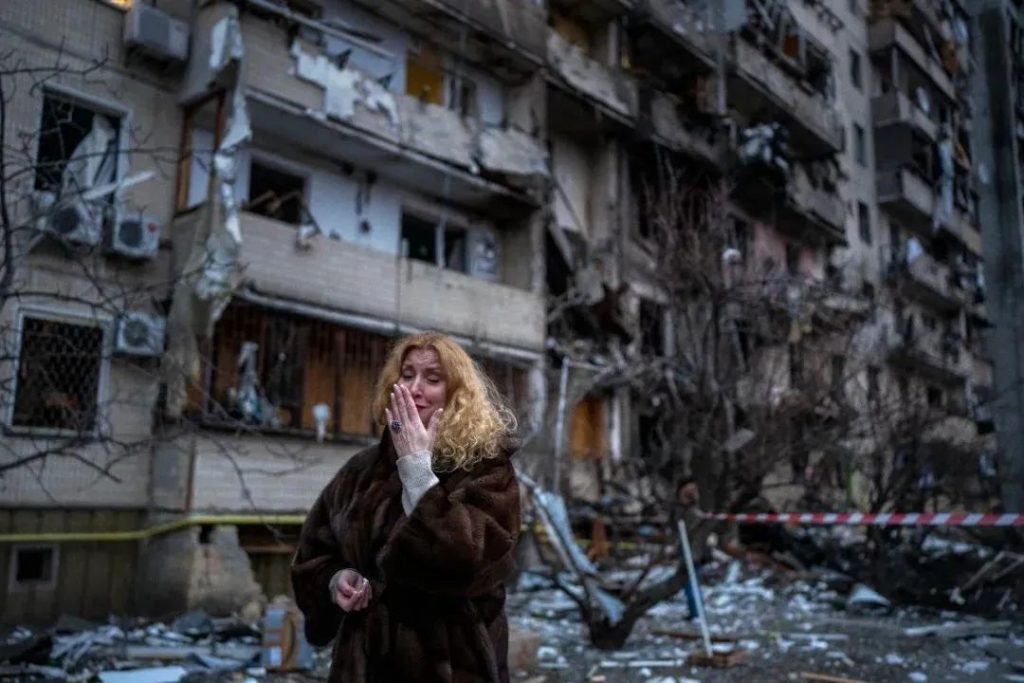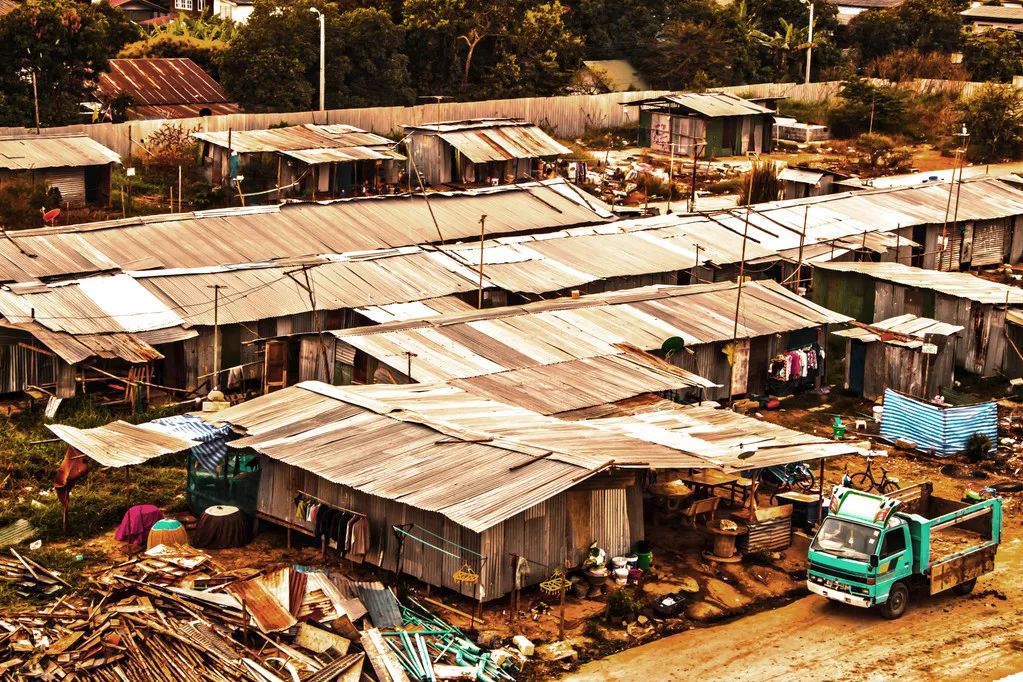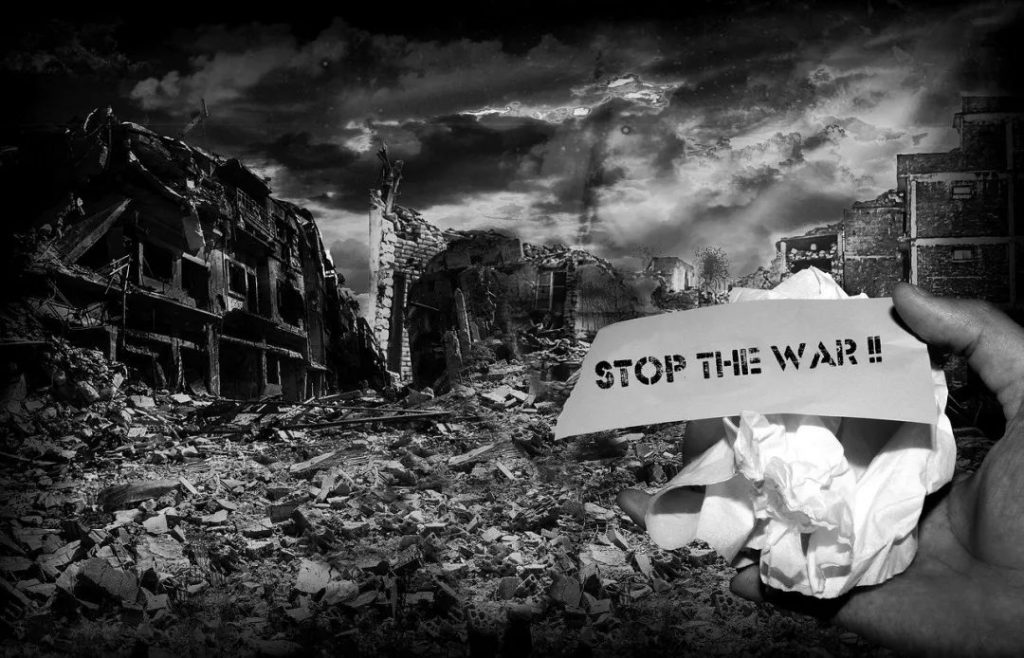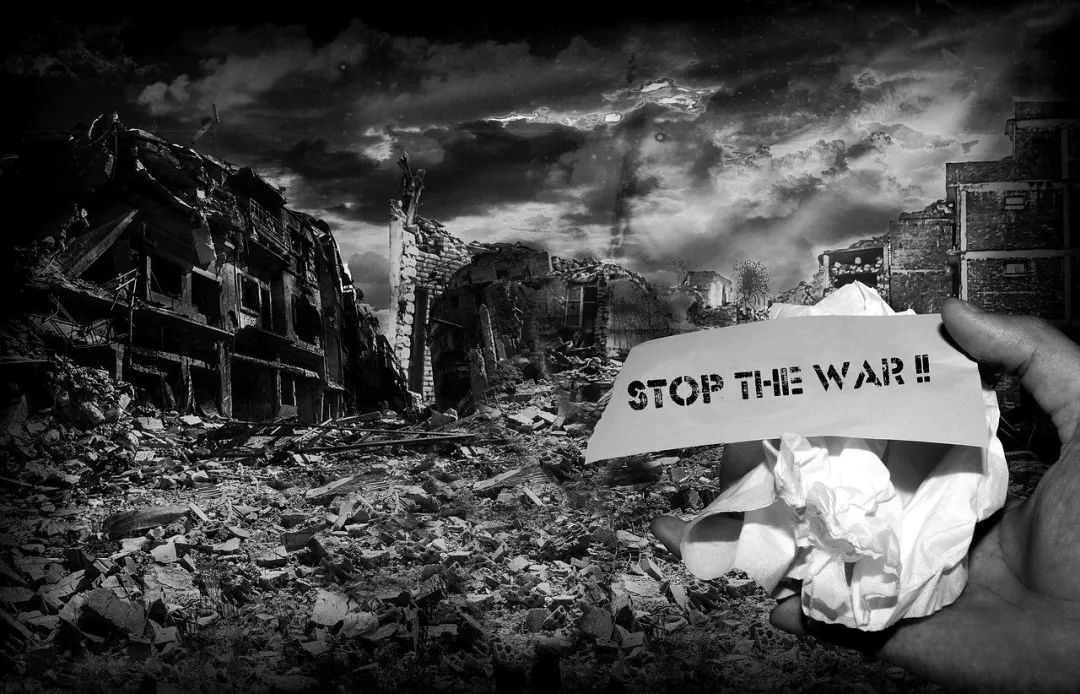Author: Zeng Lu; First release: International Development Watch
Wars and conflicts mean civilian casualties, large flows of refugees, disorganized medical systems and other humanitarian disasters. How does humanitarian aid save lives in the world's most dangerous places?
Total words1803About3minutes
The COVID-19 pandemic ravaging the world has not prevented humanitarian disasters caused by human wars and armed conflicts. In 2020 alone, global conflicts caused 11,056 casualties, 591 of them civilians. Globally, the number of refugees and displaced persons has reached a high not seen since World War II.
The Russia-Ukraine conflict could spark Europe's biggest refugee crisis this century.Since February 24, the Russia-Ukraine conflict has been at the top of the global media. In just 12 days, more than 2 million people fled from Ukraine to Poland, Hungary and other countries. The United Nations refugee agency said the number of refugees could reach 4 million in the next few months, or trigger the largest refugee crisis in Europe this century.

wars cause humanitarian catastrophe
Wars and conflicts have caused massive civilian casualties, massive population movements, disorganized medical systems, and weakened or collapsed economies.The war in Afghanistan resulted in the deaths of 46,000 civilians, nearly 6 million people were forced to leave their land and homes, and nearly 700,000 people were displaced. Since the outbreak of the Syrian war, 95,000 civilians have died, 6.8 million refugees have fled overseas, and 6.7 million people have been internally displaced. During the war, civilian facilities such as residences and schools, as well as infrastructure such as hospitals, water supply and irrigation, were severely damaged in Afghanistan and Syria. In 2020, Afghanistan's per capita GDP is US$553, ranking 186 out of nearly 200 countries in the world. Syria's per capita GDP dropped from US$11,821 in 2010 to US$1,334 in 2019.
Civilians are in dire need of assistance in a humanitarian catastrophe.UN forecasts show that in 2022, 24.4 million people in Afghanistan and 13 million people in Syria will need humanitarian assistance, accounting for 59% and 61% of the total populations of the two countries. Humanitarian agencies such as UN agencies and NGOs work in the most dangerous places in the world to deliver humanitarian assistance to save lives, alleviate suffering and uphold human dignity.
Humanitarian aid saves lives in many ways
Compared with long-term development aid, which systematically supports the economic and social development of developing countries, humanitarian aid is a temporary response aimed at saving lives in emergency situations such as wars, armed conflicts, and natural disasters. Humanitarian aid mainly includes emergency food aid, material aid, aid coordination, protection and support services, assistance for refugees and displaced persons, etc.
Emergency food aid distributes free food or short-term food relief such as supplementary feeding.Nearly 60% of the world's 800 million hungry people live in areas affected by war and armed violence. War and conflict are one of the main causes of the food crisis and pose a huge challenge to achieving the Sustainable Development Goal (SDG) goal of zero hunger. Decades of conflict, climate change, urbanization, underemployment and the COVID-19 pandemic have combined to create severe food security challenges for 22.8 million Afghans, 8.7 million of whom face an emergency food crisis. Emergency food aid plays a key role in alleviating hunger and related problems during war and conflict.
Material assistance provides non-food relief items and services such as shelter, water, sanitation and health care, and medicines.Water and sanitation systems are often attacked during war and conflict. The lack of drinking water, hygienic environment and personal sanitation facilities can easily lead to public health crises such as large-scale infectious diseases. Since 2011, Syrian educational and medical facilities and personnel have been attacked more than 1,350 times, and residences, schools, agriculture, sanitation facilities, water supply and irrigation systems have been severely damaged. 48% has sub-functional or unusable water, sanitation and education infrastructure, and the COVID-19 pandemic has further exacerbated the crisis in public services. Material assistance such as shelter, water, sanitation and health care, and medicines save thousands of lives in times of war and conflict.

Aid coordination, protection and support contribute to the efficiency and effectiveness of humanitarian assistance.During wars and conflicts, a large number of donor agencies and implementing agencies in different fields, with different strategies and implementation capabilities, flooded into conflict areas in a short period of time, forming a highly diverse humanitarian aid landscape. For example, more than 200 NGOs from different countries were involved in humanitarian aid in Rwanda in 1994. The paralysis of transportation, communication and other infrastructures caused by wars and conflicts further complicates the coordination of humanitarian assistance. Scientifically effective coordination, communication and information management are the basis for effectively utilizing the expertise and resources of different humanitarian aid agencies for optimal effect during war and conflict.
Assistance for refugees and displaced persons supports them in seeking asylum, finding a safe place of refuge, and choosing their eventual return home, integration or resettlement.People who flee their country of origin because of war, conflict, violence, etc. are called refugees, and people who flee their home country but do not cross the border are called displaced persons. Worldwide, 84 million people are currently forced to flee their homes. Among them are 26.6 million refugees and 48 million displaced persons. Refugees and displaced people lack basic access to clean water, food and shelter, and are at risk of losing their lives. In 2020, the world's top three refugee source countries are Syria, Afghanistan and South Sudan. Humanitarian aid agencies provide refugees and displaced people with clean water, sanitation, health care, shelter, household items and sometimes food.
Humanitarian aid follows four principles
Humanitarian aid follows the four principles of humanity, neutrality, impartiality and independence.The principle of humanity means that human suffering should be addressed wherever it occurs, with particular attention paid to the most vulnerable. The principle of neutrality requires that humanitarian aid should not take sides in wars, armed conflicts or disputes. The principle of impartiality means that humanitarian assistance should be based on needs, without any discrimination. The principle of independence requires that humanitarian objectives be independent of political, economic, military or other objectives. The four principles of humanitarian aid are the basic principles on which aid agencies provide humanitarian services to civilians, refugees, and displaced persons affected by war and conflict in emergency situations.

All rights reserved, please indicate the source when citing.
references
https://www.weforum.org/agenda/2021/08/humanitarian-workers-risk-aid-war-conflict/
https://gho.unocha.org/trends/conflict-remains-major-driver-humanitarian-need
https://www.wfp.org/countries/afghanistan
https://www.wfp.org/conflict-and-hunger
https://www.oecd.org/derec/50189439.pdf
https://www.un.org/en/our-work/deliver-humanitarian-aid
https://www.unhcr.org/mid-year-trends
https://humanitariangrandchallenge.org/grand-challenges-in-humanitarian-aid/
https://mp.weixin.qq.com/s/1eMDG82wtC8pnOwqkbEhQA


Comment (1)
Xiaodong| April 5, 2022
Ukraine is too difficult!